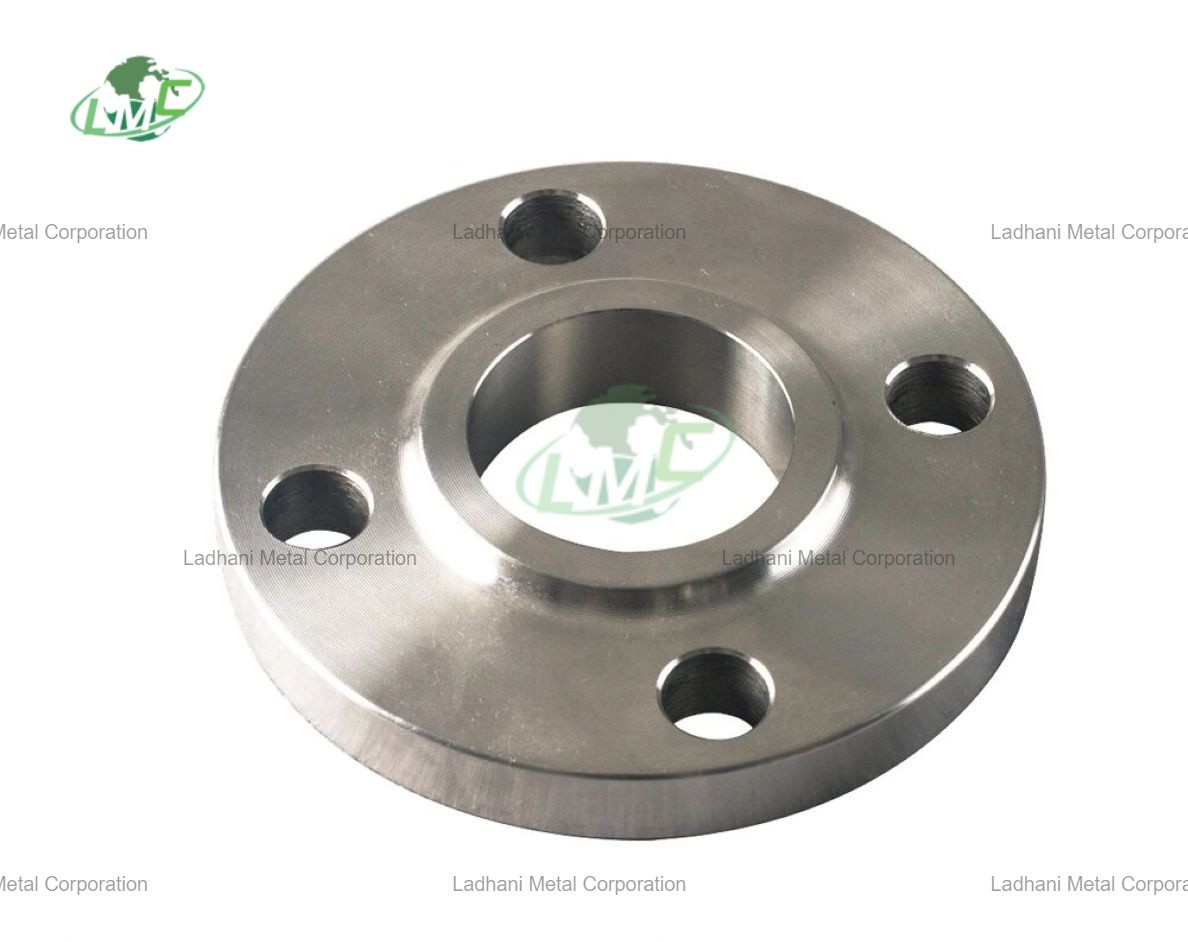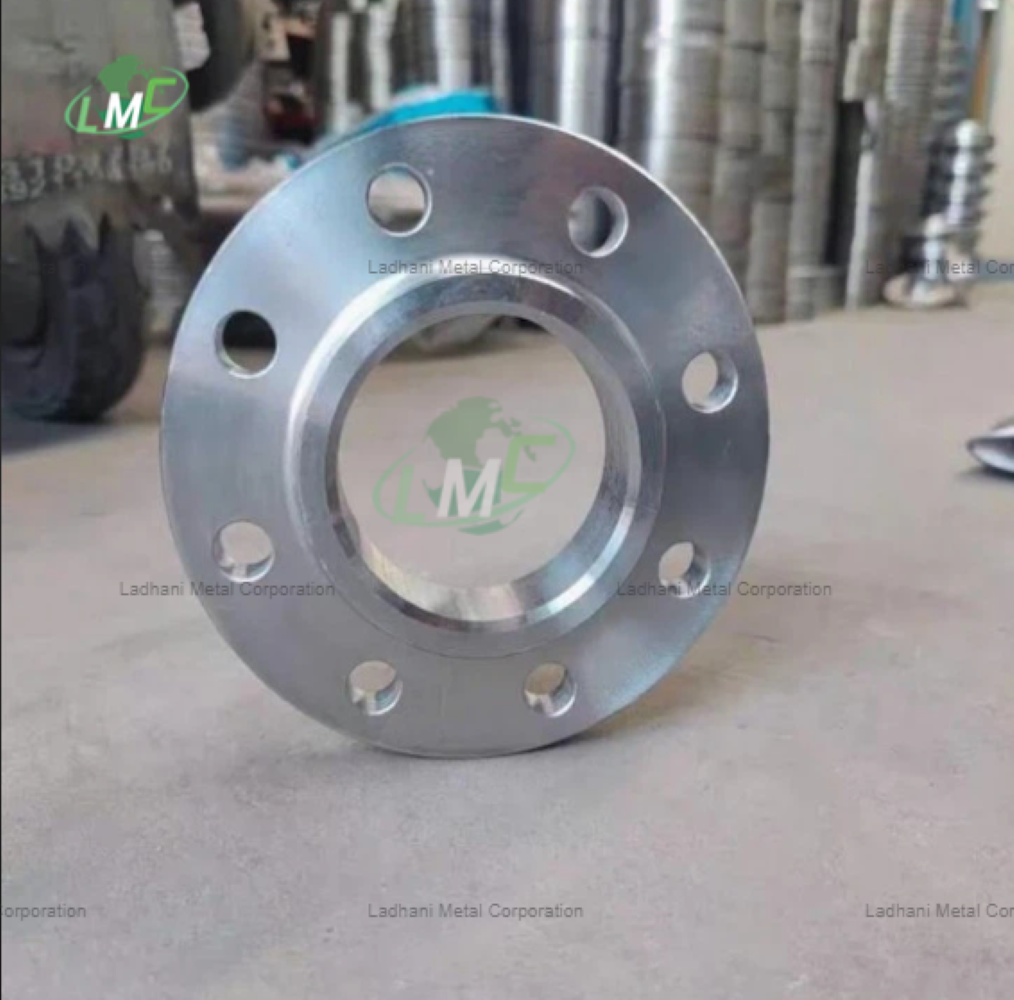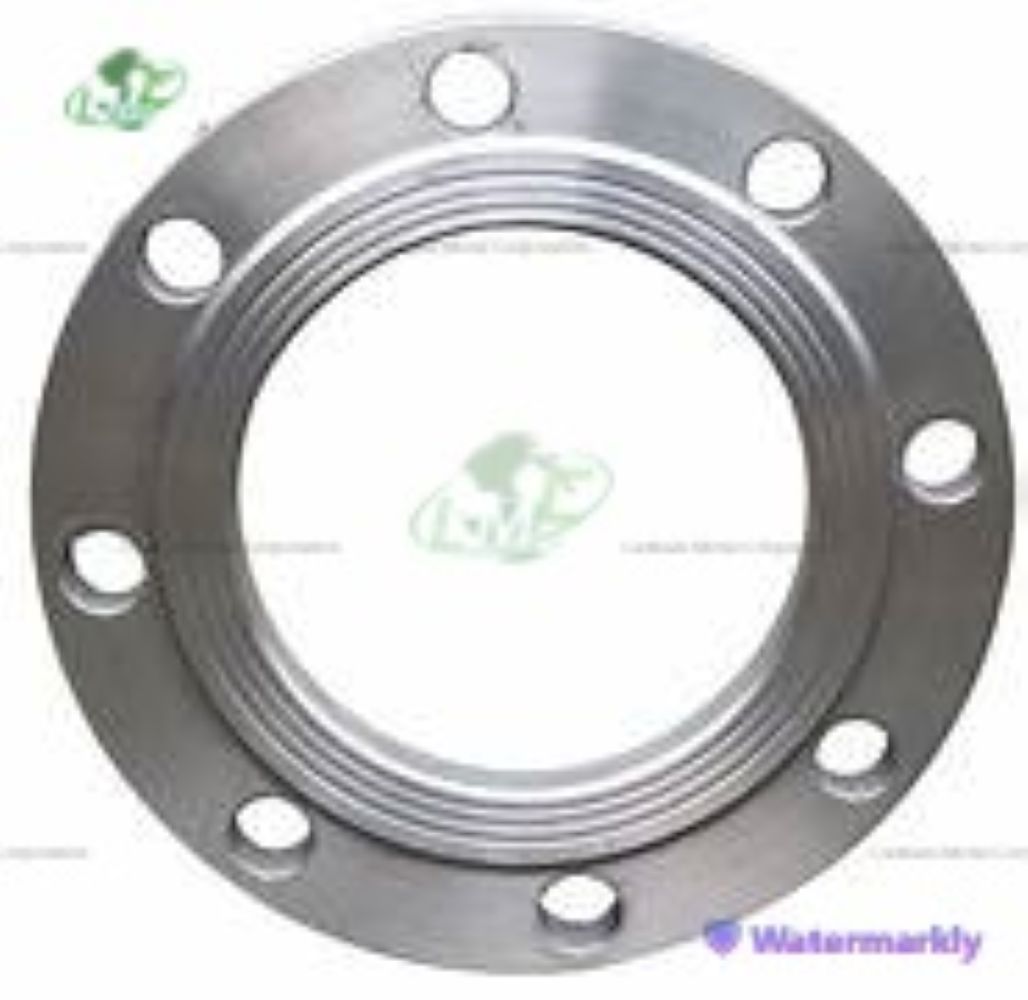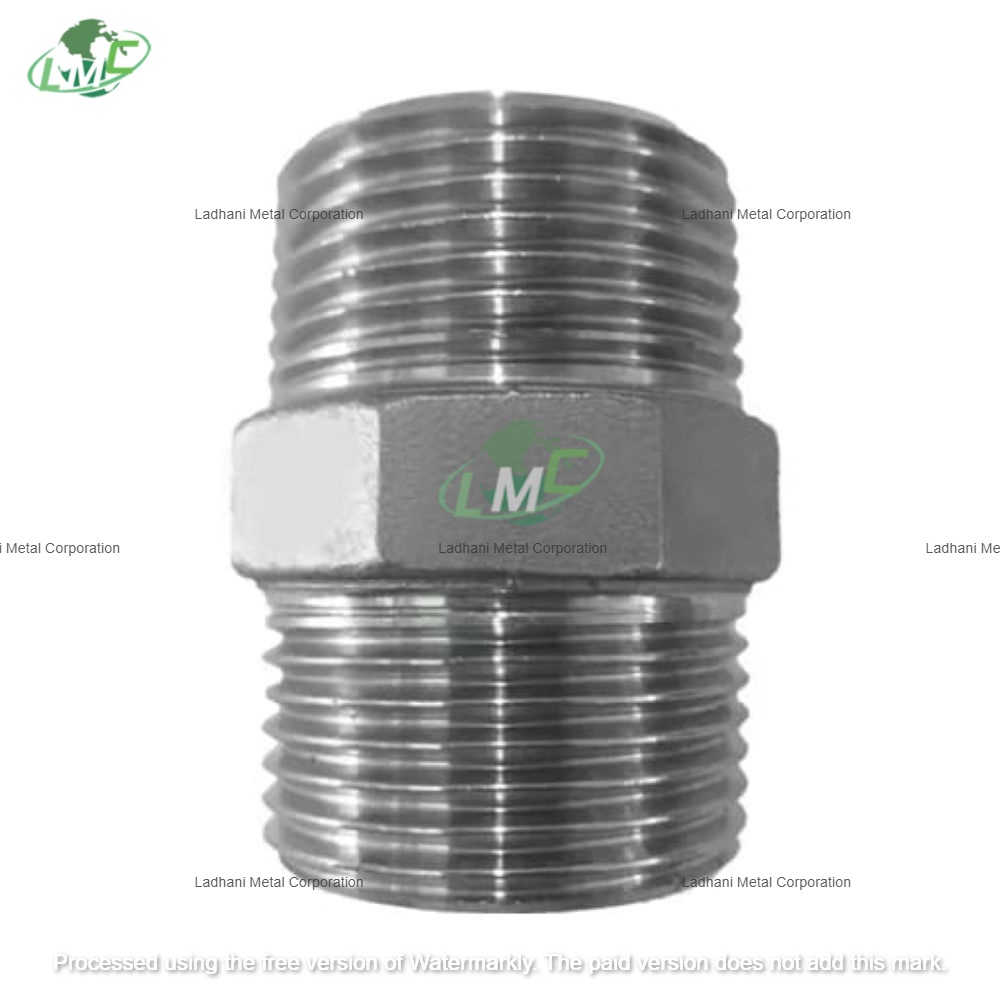A pure tungsten block is a solid, dense piece of tungsten metal, characterized by its high melting point, exceptional strength, and remarkable density. Tungsten (chemical symbol W), is a transition metal known for being one of the toughest and most heat-resistant elements, with a range of industrial and scientific applications due to its unique properties. Key Characteristics: · High Density: Tungsten has one of the highest densities of any metal, approximately 19.3 g/cm³. This means a pure tungsten block is very heavy for its size, making it useful for applications requiring high mass in compact forms. · High Melting Point: Tungsten has the highest melting point of any element, at 3,422°C (6,192°F). This allows pure tungsten blocks to withstand extremely high temperatures without losing their structural integrity. · Hardness and Strength: Tungsten is incredibly strong and hard, with a hardness rating of about 7.5 on the Mohs scale. This makes it resistant to wear, scratching, and other forms of mechanical stress. It is also known for its ability to retain strength at elevated temperatures. · Corrosion Resistance: Pure tungsten is highly resistant to oxidation and corrosion, even at high temperatures. It is not prone to rusting or tarnishing, making it ideal for use in harsh chemical environments. · Electrical and Thermal Conductivity: Tungsten has good electrical conductivity, though not as high as metals like copper or silver. Its high thermal conductivity also makes it ideal for dissipating heat in industrial and scientific applications. Applications: · Aerospace and Defense: Tungsten is used in various high-performance components like rocket nozzles, military armor-piercing projectiles, and heavy-duty aerospace parts. · Radiation Shielding: Tungsten's high density makes it an effective material for radiation shielding, particularly in X-ray machines, nuclear reactors, and medical equipment. · Heavy Machinery: Tungsten blocks are used in counterweights and ballast for cranes, aircraft, and other machinery due to their density. · Industrial Tools: Tungsten is used in the production of cutting tools, dies, and drills, especially in industries that require materials with high hardness and wear resistance.









